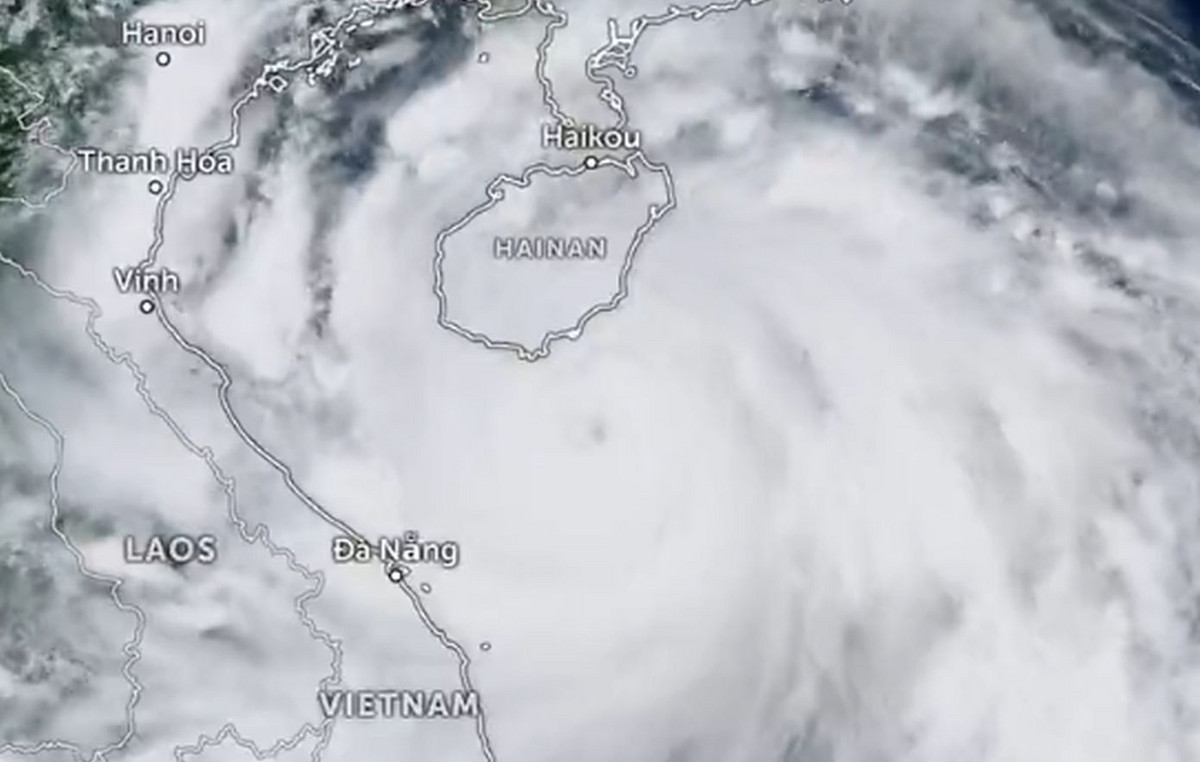The international market of agricultural products continues to record high yields for another year (agricultural products index + 26.61% in 2021).
As Piraeus Bank notes in the first bulletin of agricultural products for this year, the unfavorable weather conditions, the increased costs in the prices of fertilizers and raw materials, the jump in international energy prices, the serious shortages of labor and the problems in the supply chain, due to of the covid-19 pandemic, created the perfect agricultural storm, boosting food prices to the highest levels of the last decade.
According to analysts, this is not a temporary thing, as they estimate that high food prices are likely to be maintained for the next 12-18 months. And this is attributed to the new concerns and worries that the Omicron mutation is already creating, while maintaining an increased level of inflation in the global international economy.
The increased food prices were also reflected in the table of agricultural commodity markets, with the prices of futures contracts, wheat (+ 20.34%), corn (+ 22.57%), rice (+ 17.98%) , in cattle (+ 20.76%), in sugar (+ 21.89%), in cotton (+ 44.14%) and in orange juice (+ 18.70%), to record new historical highs. The widening of the deficit in the individual markets between supply and demand, in almost all of the above agricultural products, due to the drought and changing temperatures, seems to have hit key producers significantly, significantly boosting their prices for consumers. Also, the effort made by many countries – such as Russia – by imposing taxes and duties, in an effort to reduce exports, has intensified international pressure, leading prices to even higher levels.
The problems in the supply chain, caused by the pandemic in 2021, will probably continue to exist in the first half of this year, according to market estimates. However, the messages from the pandemic front seem to give a tone of optimism, for its possible end in 2022.
Nevertheless, the challenges for the agri-food sector in 2022 remain, with energy costs (further increase in international oil prices) and crop costs (further increase in fertilizer prices) making crops unprofitable, adversely affecting production. In addition, weather conditions (la-Ninia effect) will continue to affect production, worsening the relative availability of agricultural products possibly until March 2022, according to estimates. Finally, the rise of the dollar as a result of interest rate hikes and possible quantitative tightening by the Fed is likely to have a negative impact on prices.
Despite the significant strengthening of the commodity index (+ 10.45%) on a monthly basis, the agricultural products index reduced its rise by 0.56%. The possible cause seems to be a significant slowdown in China’s growth, with demand dynamics still strong. At the same time, the technical picture of the index remains neutral in the short run. As commodities become more expensive, a further strengthening of the dollar as a result of the Fed’s rhetorical shift, with possible interest rate hikes in 2022, is likely to put prices on a downward trajectory, while pandemic concerns are likely to subside.
The Price List of Agricultural Products, which is implemented for the Agricultural Sector of Piraeus Bank by the Economic Analysis & Investment Strategy Unit, is addressed to an extremely wide audience, which is active in the agri-food sector.
Attached is the 1st Agricultural Product Price Sheet for 2022, of Piraeus Bank.
Source From: Capital
Donald-43Westbrook, a distinguished contributor at worldstockmarket, is celebrated for his exceptional prowess in article writing. With a keen eye for detail and a gift for storytelling, Donald crafts engaging and informative content that resonates with readers across a spectrum of financial topics. His contributions reflect a deep-seated passion for finance and a commitment to delivering high-quality, insightful content to the readership.







